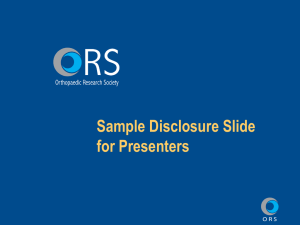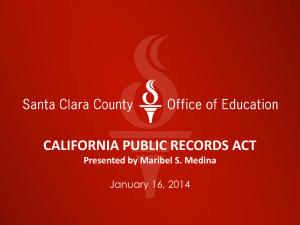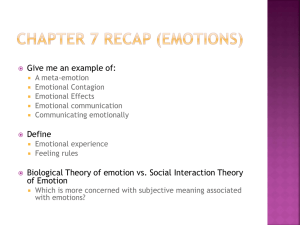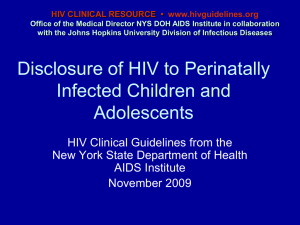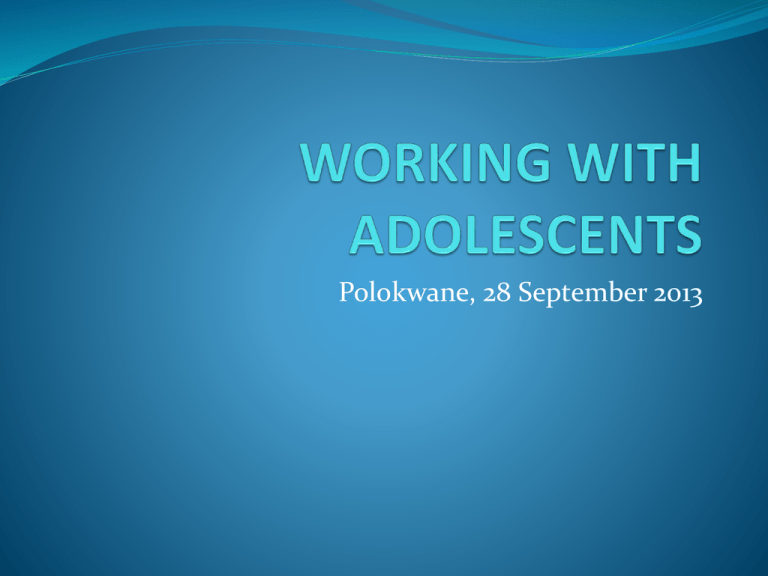
Polokwane, 28 September 2013
WORKING WITH ADOLESCENTS
WHO defines adolescence as 10-19 years
Divided into sub-periods (early, middle and late)
Rate of change only exceeded in infancy
American Association of Paediatrics says that all
adolescents should know their status
Commonly delayed
Cognitive level of development e.g. can participate in
treatment decisions
Physical and emotional maturity – sexual activity and
transmission risks
WORKING WITH ADOLESCENTS
ETHICAL PRINCIPLE
Autonomy
Sexual partner has the right to know
Beneficence
Disclosure to the partner may
encourage safer sex
Non-Malfeasance
There could be other sexual
relationships with the risk of spreading
HIV. There may be multiple partners
Justice
Partner has the right to know the risk of
having unprotected sex
WORKING WITH ADOLESCENTS
SA law does not say if a
HCP should disclose a
child’s HIV status to their
sexual partner
(HSRC, 2012)
Ethical Guidelines for Good
Practice with regard to HIV
in the healthcare
professions
HPCSA (May, 2008)
WORKING WITH ADOLESCENTS
Health Professions Council of SA:
Encouragement to disclose status to sexual partners
Use discretion taking into account risk to partner and
risk of violence (e.g. Sexual violence as a result of
disclosure).
Consider the rights of all concerned
If partner disclosure takes places against patient’s
wishes HCP must tell the patient of his/her intention
and take full responsibility for the disclosure
WORKING WITH ADOLESCENTS
Health Professions Council of South Africa Guidelines:
1. Counsel the patient on the importance of disclosure to sexual partner and
taking measures to prevent transmission
2. Provide support to the patient making a disclosure
3. Counsel the patient on their ethical obligation t0 disclose to partner
4. If patient continues to refuse then counsel partner on HIV status of patient
and assist them to undergo testing and access to treatment if necessary
5. After disclosure follow up with the patient and partner to see if self disclosure
may have resulted in adverse consequences. If so intervene to assist patient
appropriately
6. Recognise ethical dilemmas
ONWARD DISCLOSURE
DISCLOSURE
Why is it so important?
Prevent transmission
Risk taking behaviours
often begin during
adolescence
Preserve own health
Treatment adherence
Avoid re infection
Avoid drug and alcohol
abuse
DISCLOSURE
Obtain necessary
knowledge and tools
Partner disclosure
Condom negotiation
Access services:
Psychosocial support
Make informed choices
Correct and consistent
condom use
Delay sexual debut
DISCLOSURE
High percentage of non-
-
disclosers
Reasons include:
Abandonment
Rejection
Stigma (need to fit in)
Physical and emotional
abuse
Breaches of
confidentiality
DISCLOSURE
Onward disclosure
-
associated with:
More positive outcomes
Lower stress levels
Less disease-related
rumination
Increased social support
Better relationships
More self competence
DISCLOSURE
Can you help?
Using the disclosure steps
1. Acceptance of status
(good future
orientation)
2. Knowledge of HIV
(information, support)
3. What is the likely
response (questions to
test the water)
DISCLOSURE
4. Telling (build
communication skills,
use role play, develop
skills).
5. Post-disclosure support
(discuss experience,
provide support if
negative; if positive
availability of HCP;
education)
(Kapery, 2013)
DISCLOSURE
Guidelines
1. Why do you want to tell this person your HIV status?
2. Why do you feel this person needs to know about your status?
3. Will this person understand about confidentiality?
4. What are the advantages of telling this person?
5. What are the disadvantages of telling this person
6. Are you likely to regret having told this person?
7. Down the line, might you regret not having said anything sooner?
(Wiener & Lyon, 2006)
RIGHT TO SEXUAL AND
REPRODUCTIVE HEALTH
Have the right to quality
health care
Often not a reality
especially in case of
sexual and reproductive
health services
- Denied access
- Made to feel
uncomfortable
WORKING WITH ADOLESCENTS
Children’s Act:
- Lowers age at which children can access sexual and
reproductive healthcare services
- Enables children over the age of 12 to obtain condoms
- Enables such children to obtain contraception other
than condoms without parental consent
- Allows children of 12 years or below with sufficient
maturity to consent independently to HCT
- Entitles such children to exercise the right to
confidentiality
YOUTH FRIENDLY SERVICES
Drug supplies and
equipment to provide
essential service package
Conducive physical
environment
Information, education
and communication
consistent with service
package
YOUTH FRIENDLY SERVICES
National Adolescent Friendly
Clinic Initiative framework:
Management system
supports effective provision
of the essential service
package for adolescent
friendly services
The clinic has policies and
processes to support the
SRH rights of adolescents
YOUTH FRIENDLY SERVICES
Accurate physical
assessment
Individualised care
based on standard
service delivery
guidelines
Systems in place to train
staff to provide
adolescent services
THANK YOU



